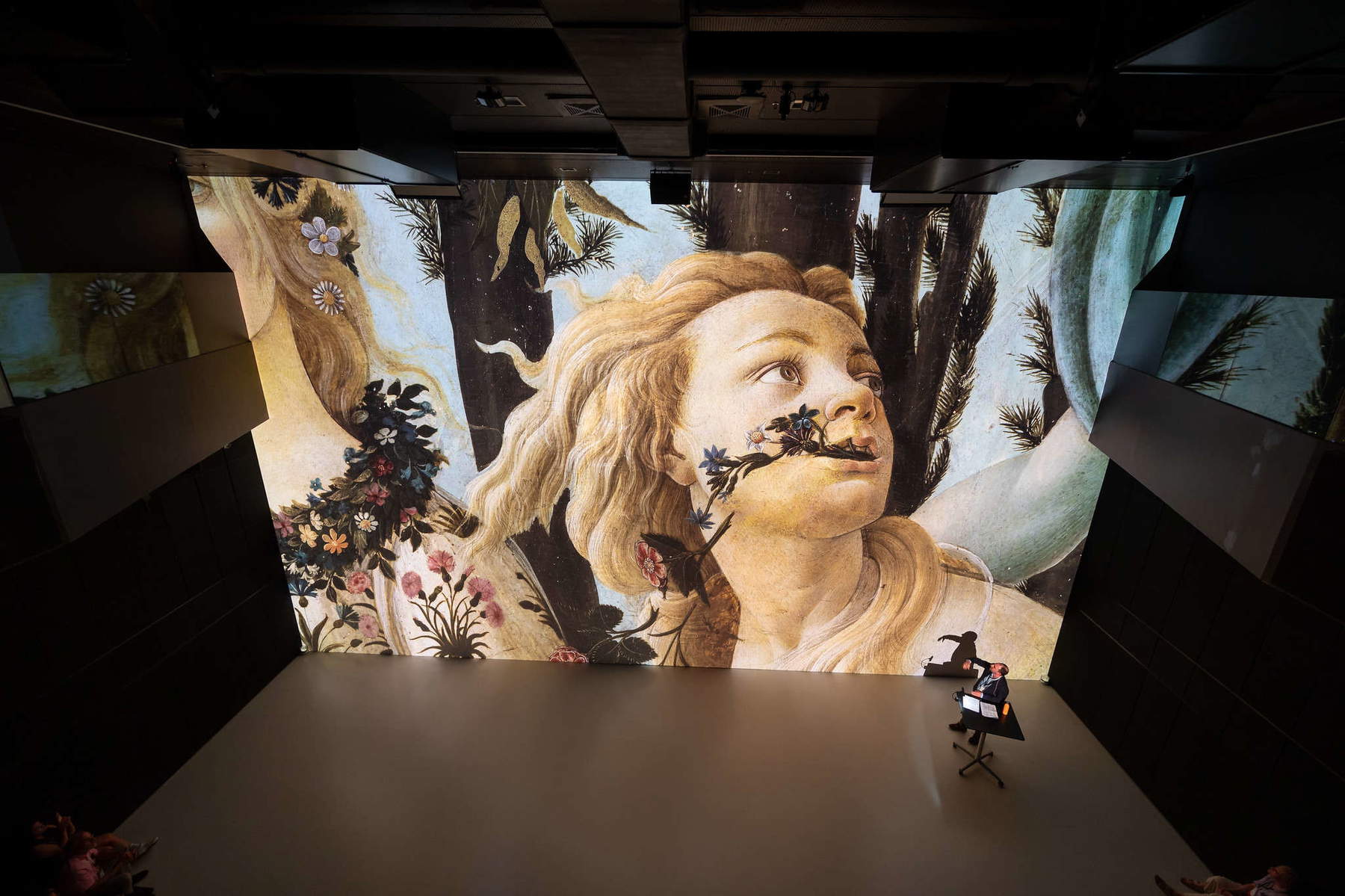From figurines to digital humanities: Franco Cosimo Panini Editore announces the creation of the Panini Cultura Group, a new hub dedicated to the digital transformation of cultural heritage. The Modena-based publishing house, initially known for figurines and art volumes, has expanded its reach with the acquisition of four Italian companies of excellence in the sector: Haltadefinizione, Memooria, Hyperborea and Mida Digit.
The Panini Culture Group aims to offer a broad spectrum of digital services for the cultural sector. The companies involved, which have been in business for more than 20 years, will deal with the digitization, management and enhancement of cultural heritage, collaborating with prominent institutions such as museums, archives and libraries.
It is an ambitious project that aims to become a benchmark in the sector, also contributing significantly to the goals of the NRP, with the management of about 30 percent of the digital objects in the plan. With a turnover of more than 4 million euros in 2023 and contracted projects of more than 10 million for the two-year period 2024/2025, the group looks confidently to the future, also focusing oninternational expansion starting in 2025.
The Panini Cultura Group is headquartered in Modena, with offices in Milan, Bergamo, Pisa, Cremona, Novara, Germany and Spain. It now counts active sites throughout Italy, both for digitization campaigns and for cultural heritage management services (census, cataloging, inventorying, reorganization, restoration, enhancement, etc.). The companies in the group have been working steadily for over 20 years with the most important cultural institutions including museums, libraries and archives, both in Italy and abroad. Over the past year, the Panini Cultura group companies have recorded steadily growing aggregate revenues, exceeding 4 million euros in 2023, with prospects for further growth. For the 2024/2025 years alone, projects worth more than 10 million euros have already been contracted. A foreign expansion plan is also planned starting in 2025.
Panini Cultura currently employs over 100 employees and collaborators (with a 52 percent female presence), with an expansion plan to double the number by 2025. Diverse and complementary professionals collaborate within the group: art historians, archaeologists, conservators, restorers, archivists, and photographers, joined by systems analysts, analysts, UX/UI designers, developers, electronic and mechanical designers, to artificial intelligence experts. This unique combination of knowledge creates a bridge between tradition and technology, transforming the enhancement and preservation of cultural heritage into a dynamic, state-of-the-art process.
Today the Group manages 500 terabytes of data, with qualified storage capacity rising to 3 petabytes by 2025. It manages infrastructure for the preservation and publication of digital cultural heritage assets on the cloud. More than 30 million high-resolution images are stored in the systems of the Group’s companies, with a growth rate of millions of new images per year. Panini Cultura provides digitization services to more than one hundred cultural institutions, including some of Italy’s most important museums, libraries, and archives. The fleet of machines and technological systems for the digital reproduction of cultural heritage includes planetary and microfilm scanners, gigapixel and 3D scanners, drones, laser scanners, and photographic setups: most of the machines are engineered and produced in-house by the Group, with an endowment by 2024 of more than 100 scanning lines and photographic setups for: archival documents and books, transparencies, films and microfilms, coins, medals, archaeological finds, statues and museum objects of various kinds up to large formats such as paintings, wall works, and indoor or outdoor architecture.



“For us in the tech department,” says Giovanni Borelli, administrator of Memooria and CTO of the Panini Cultura Group, “it is an exciting challenge to develop cutting-edge technologies to study, preserve and enhance Italy’s immense cultural heritage. The exponential technological innovation we have been experimenting with in recent years allows us to achieve results that until recently we could only read about in science fiction literature. The study and development we are carrying out in the field of Artificial Intelligence for example is opening up new possibilities for us: of automation and precision in the processing of information starting from images and 3D models of documents and works of art.”
“Web portals for heritage enhancement, the use of 3D viewers for accessibility and virtual visits, the introduction of artificial intelligence for description, metadata and research are just some of the services offered, destined to evolve and grow thanks to the collaboration between different skills and the quality of the ongoing scientific and institutional partnerships,” explains Giorgio Spinosa, CEO of Hyperborea and general manager of Mida Digit.
“With Haltadefinizione,” says Luca Ponzio, CEO of Haltadefinizione and Memooria, “we have digitized works of the caliber of Leonardo’s Last Supper or the masterpieces of the Uffizi, and we have always been dedicated to the use of digitizations both as a tool for conservation and enhancement. Being able to observe works such as the Last Supper or Botticelli’s Venus in great detail allows them to be studied in depth without subjecting the original to stress, while at the same time stimulating knowledge and, consequently, the flow of tourists to the museums that hold them.”
 |
| Panini Culture Group is born: a bridge between cultural heritage and digitization |
Warning: the translation into English of the original Italian article was created using automatic tools. We undertake to review all articles, but we do not guarantee the total absence of inaccuracies in the translation due to the program. You can find the original by clicking on the ITA button. If you find any mistake,please contact us.